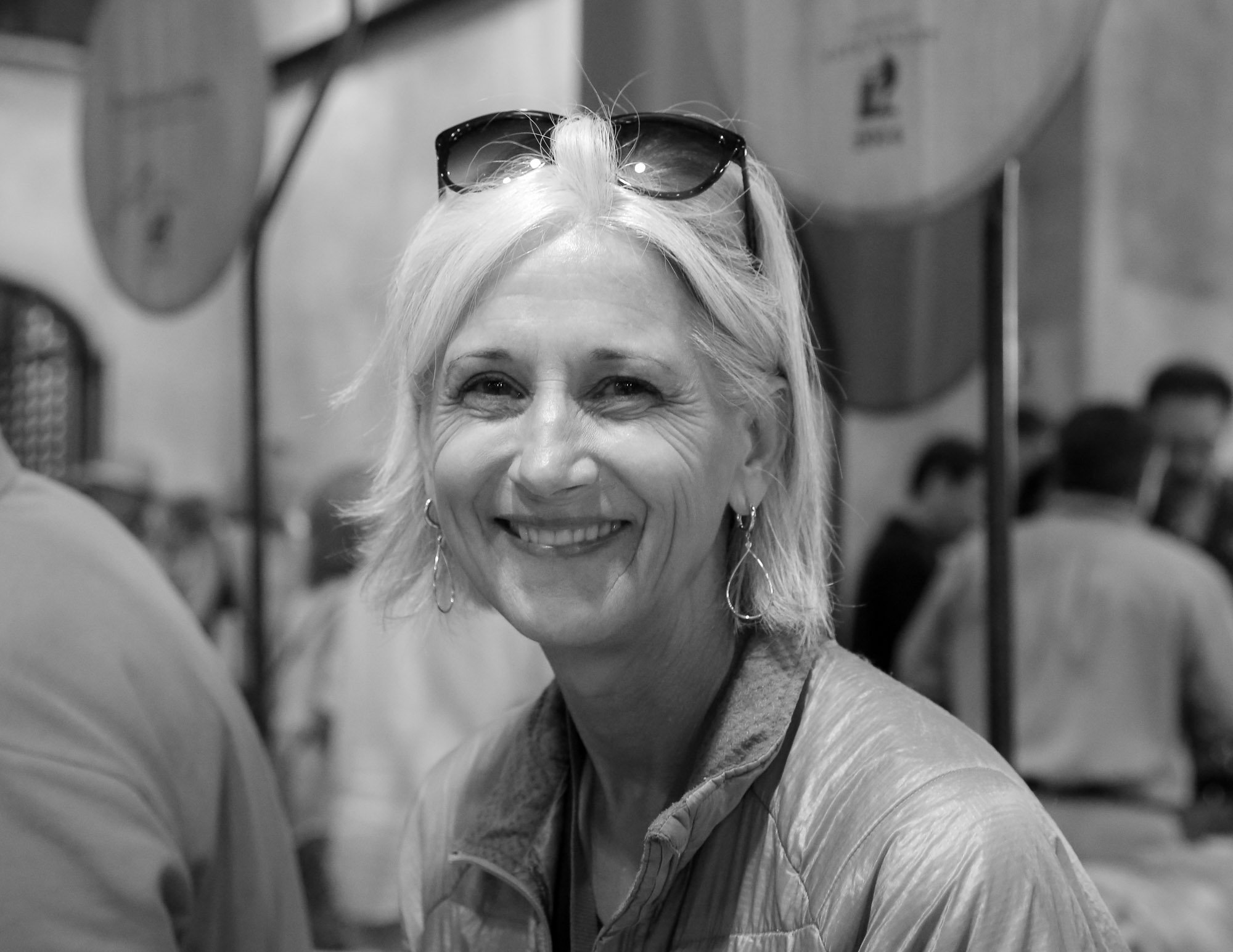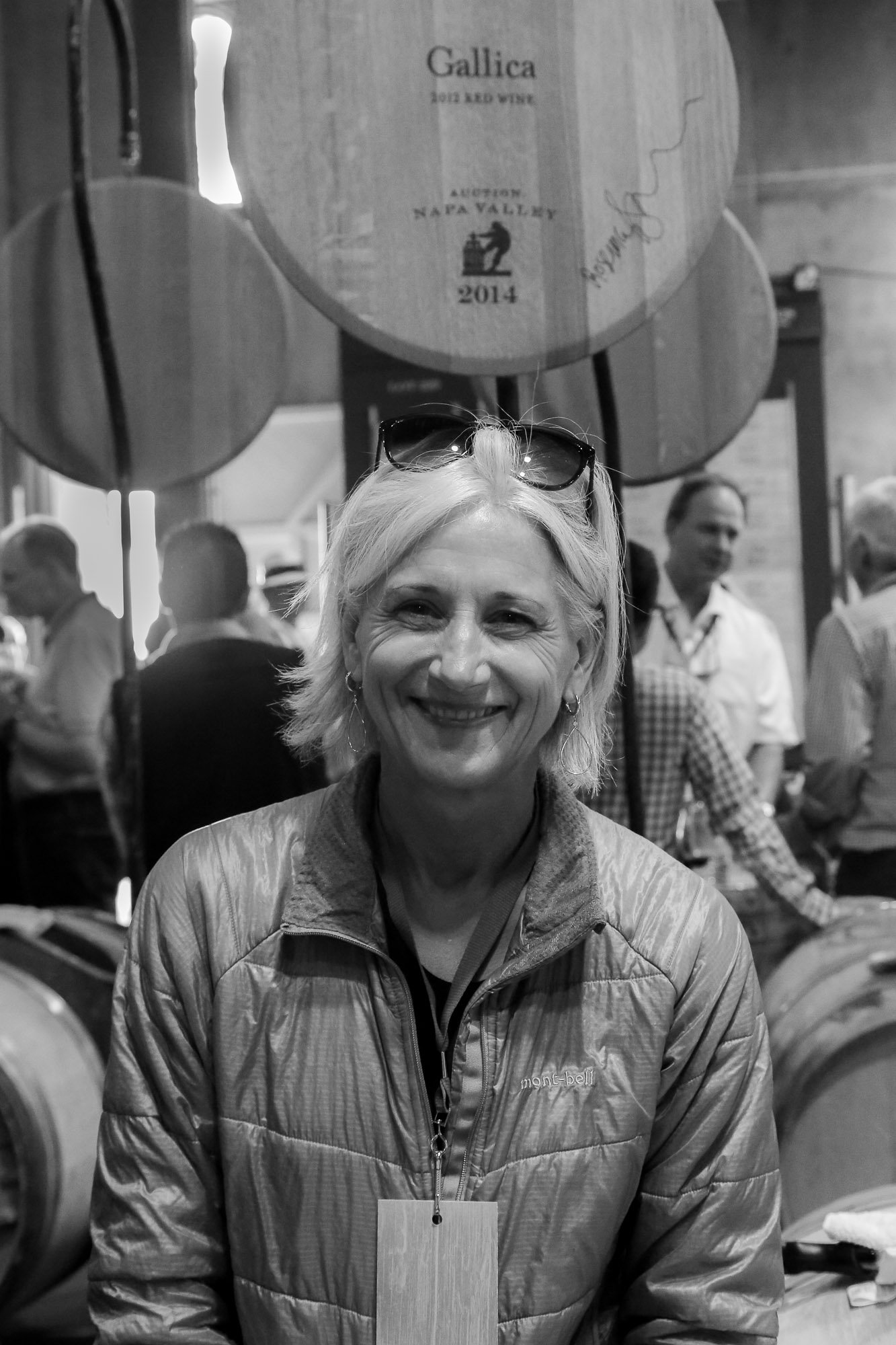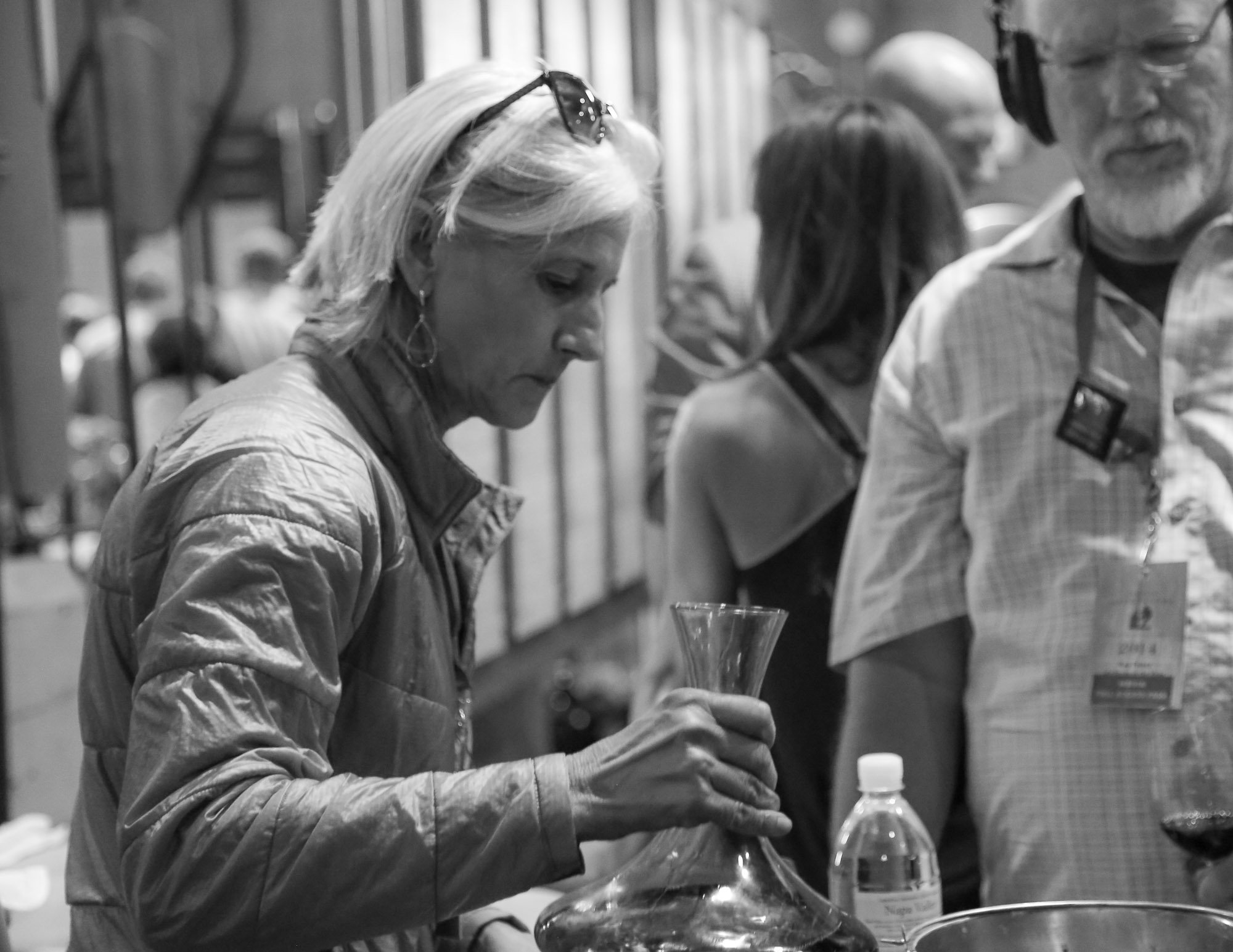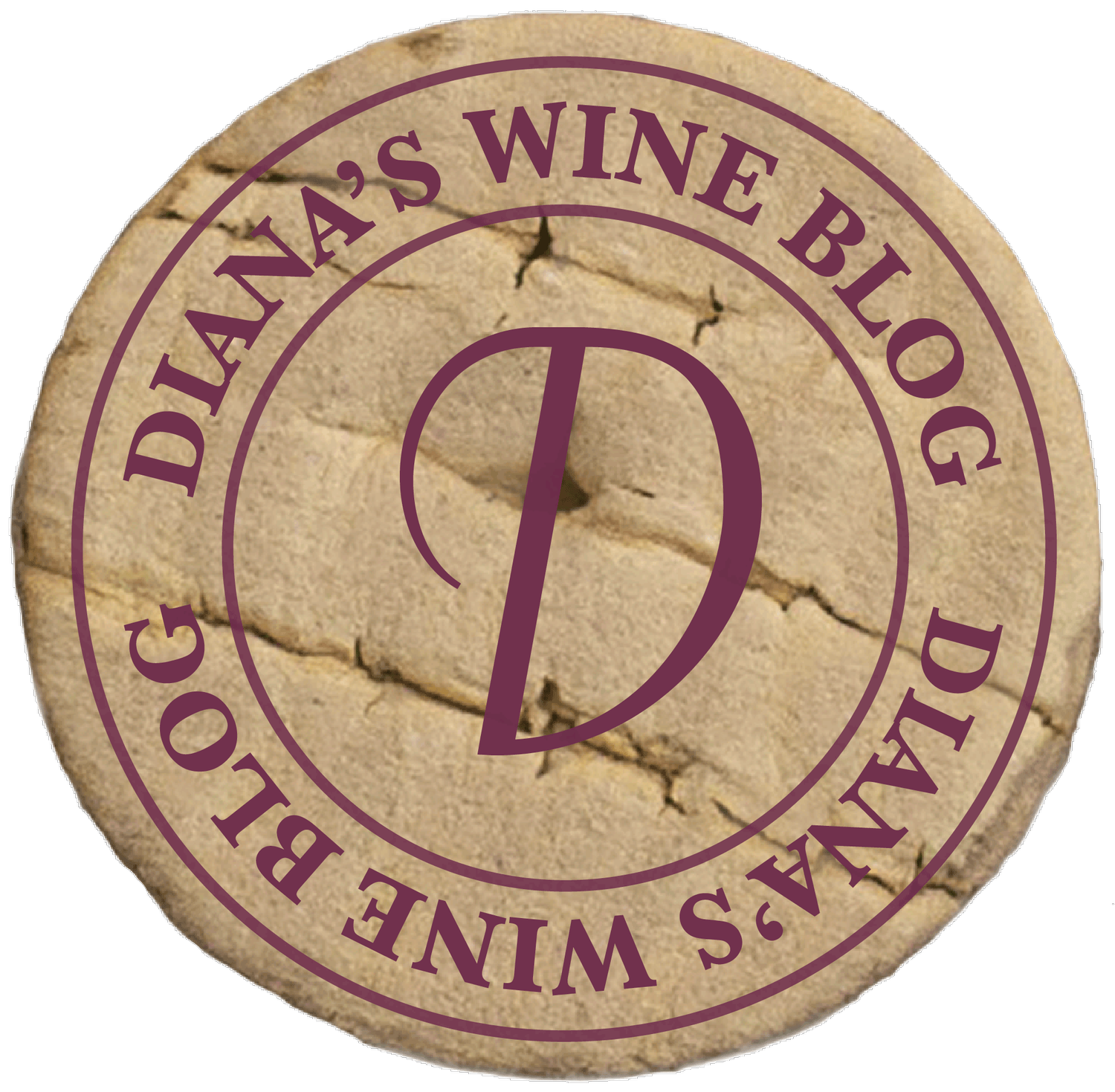Through the Eyes of the Winemaker: Rosemary Cakebread
Recently, I had the opportunity to sit down with Rosemary Cakebread, winemaker and owner of Gallica Wine. This was a chance to gain insights into the “drivers,” the perspective and spirit, of a great winemaker. Rosemary holds a degree in Viticulture and Enology from the University of California at Davis and has put her education to work for over 30 vintages in Napa Valley. Her background is rich and varied, from a harvest in Bordeaux to working with sparkling wine at Mumm Napa Valley. She was the winemaker at Spottswoode, one of the iconic wineries of Napa Valley. Rosemary led the winemaking effort at Spottswoode from 1997 until 2007 and consulted through the 2012 vintage.
In 2007, Rosemary launched her own label. Gallica 2007 Cabernet Sauvignon was introduced to the wine buying public in 2010, and it was a stunner. The very first vintage of her wine was well-received, to say the least. Robert Parker gave it 99 points, truly a great beginning. While Cabernet is a varietal Rosemary is very familiar with, in more recent vintages, she has explored other wines. I have enjoyed her Grenache blend called Suzuri; and, with the 2012 vintage, she released a Syrah.
I am delighted to be able to share with you the interview I was afforded. Enjoy!
What first interested you about wine? It was really several things. I always need to keep moving, and I like my career to be a little on the edge. I like to take risks, and I find myself the happiest when I’m pushing the envelope. I like to learn new things, and I don’t want to do things over and over again. In the wine industry, especially when I was starting my career, there was a lot of pioneering spirit. It was always new and fresh with lots of opportunity. It’s a little different now, but there’s still a lot of opportunity. That’s really what made me want to start my own brand. Winemaking gives me freedom to explore new opportunities and work with varietals I haven’t worked with in the past. At age 22, I stumbled into opportunities that led in a particular direction. A summer job at Sebastiani led me to discover UC Davis, where Roger Bolton was my advisor and Ann Noble was one of my most influential professors. I was focused on Napa Valley, because it was the center of the universe for making wine, in my eyes. I was able to get good jobs and a great deal of experience. I was a hard worker and received great mentoring along the way.
How would you characterize your winemaking style? I think it’s very restrained, a Japanese sort of approach. Napa is the land of sunshine and wines that tend to be bold. I don’t consider my wines to be big wines. They’re more balanced and restrained, which is the kind of wine I like to drink.
What person or event had the great influence on your winemaking style? In one of my earlier jobs, I worked for Guy Devaux at Mumm Napa Valley. Guy came from Epernay, and this was influential in my approach to wine. Wines are about nuance, balance, and aromatics. I learned an amazing amount from that job, particularly the importance of blending. I was young, and this was a great job to have. It was a start-up at that time. I like that kind of work – where things aren’t defined and there’s no manual that tells you how to do it.
Who were your other mentors? Mary Novak from my time at Spottswoode. Mary is such an impressive person who overcame some life challenges and turned those into opportunity for herself and her family. She did this with a great sense of humor and a lot of class. She’s one in a million and an inspiring person to work for.
Your 2013 is in barrel. What are you looking for and how often do you taste as you’re assessing a wine’s development? I just bottled the 2013 Syrah from Pisoni and the Amador Shake Ridge yesterday. What do I look for? I don’t taste weekly. It’s good to stand back a little bit. Barrels are watched carefully. I probably taste everything monthly. Standing back helps give me perspective. If I taste too often, it’s hard for me to see any contrast. I try to keep an open mind. For example, I just tasted all of the 2014s one barrel at a time. I want to get a sense of what this vintage is doing. As I taste, I think about how I see it and when it might want to be bottled. I form my impressions and take good notes.
Isn’t this where the real artist comes in? With blending, the art comes in. The vintage gives you what it gives you. It’s Mother Nature. You need to be honest and evaluate each vineyard block. I keep things separate and make decisions about whether to blend early or later. I may blend earlier if I feel the wines need time to integrate. In my time working in Napa valley, I think the 2013 vintage is one of the best I’ve seen. It’s pretty spectacular. These wines have a stamina, grace, and elegance that you don’t see every vintage. It’s not often that you feel like you don’t have to do much work. I think the 2013s are going to be a vintage to be collected.
You said you like to be pioneering and make your own path. From where you’re sitting now, what’s the greatest accomplishment of Gallica for you? I think the biggest accomplishment is that I’m thankful that I’ve been able to do what I do at a small production level. Not everyone gets to do what I’m doing. So many people have been supportive of my efforts and have bought my wine. I’m doing it myself without investors. I have a supportive husband who says, “Go do what you want to do.” I’ve really been thankful that the wines have been well-received. One of my stated goals was to see what else is out there, beyond Cabernet Sauvignon. I’ll be releasing my sixth vintage of wine working with Ann Kraemer at Shake Ridge. Now I’m working with Mark Pisoni. Next, I’d like to make a white wine.
What’s next? I don’t have a grand plan. I love what I do, and I’m always trying to learn new things. I took a class this past year at the University of Bordeaux on the subject of terroir. I also feel like it is time to contribute, to the Napa Valley Vintners Association and to the community we live in. It’s fun to mentor and work with interns. I’ve been the beneficiary of great experiences, and I hope to return the favors to others.
To learn more about or to purchase Gallica Wine, visit the Gallica website.




